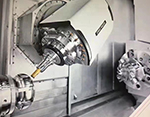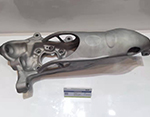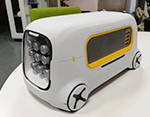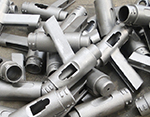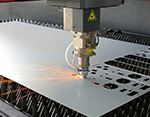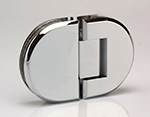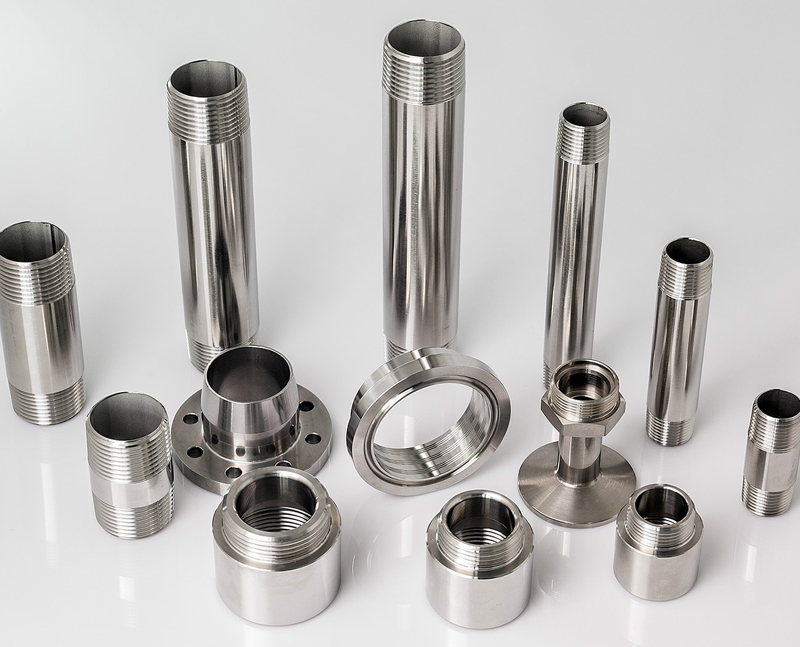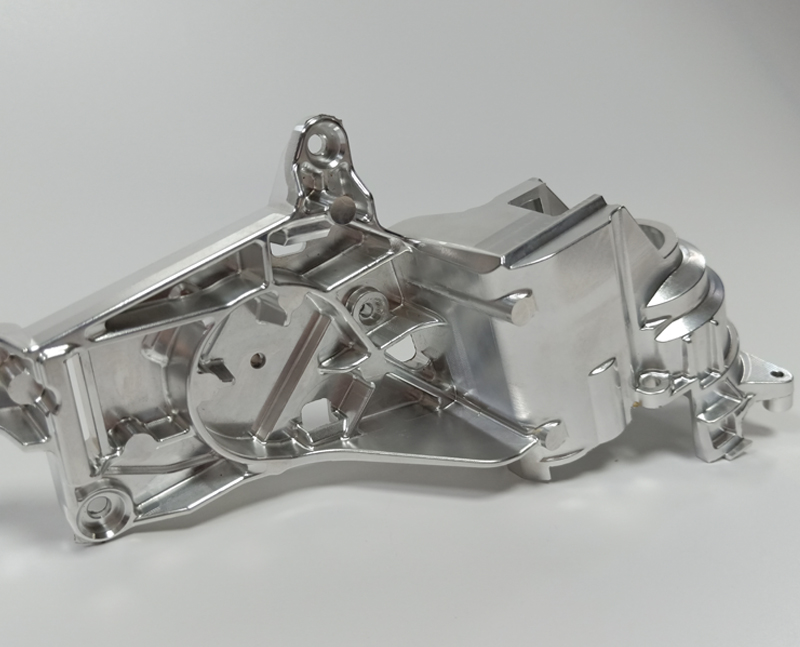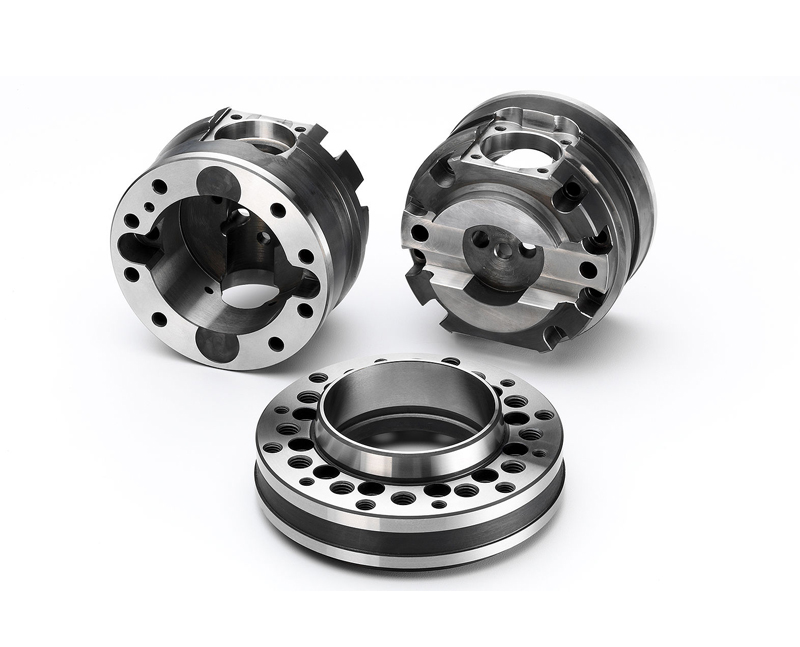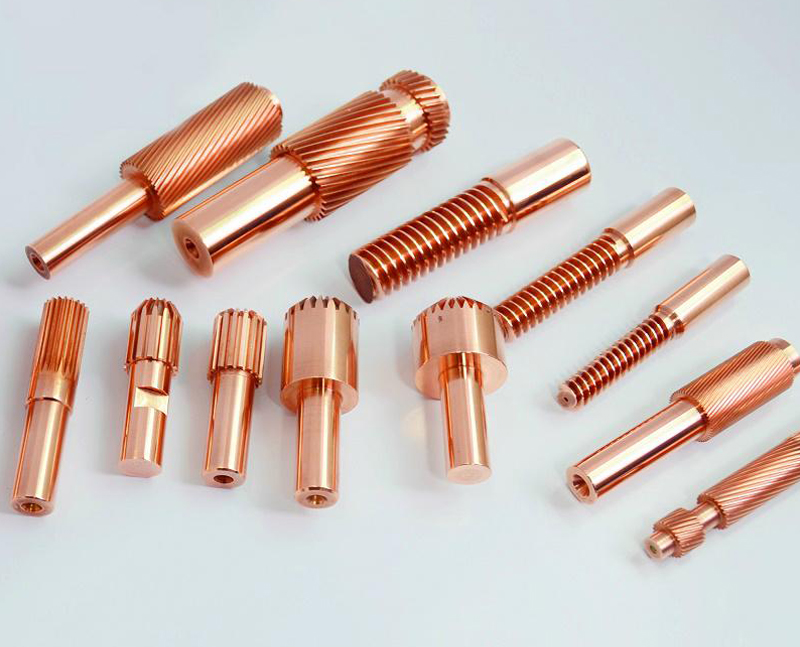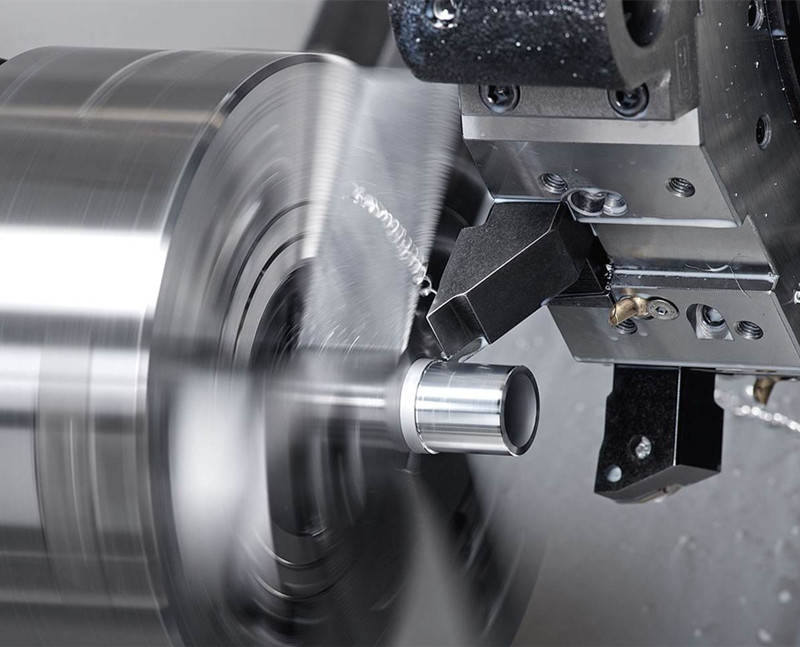-
Service
+
- CNC Precision Machining Service +
- Multi-Axis Simultaneous Machining Service +
- CNC Turning Service +
- Metal 3D Printing Service +
- Rapid Prototyping Service +
- Die Casting Service +
- Sheet Metal Fabrication Service +
-
Finish Serivces
+
- Polishing
- Grinding
- Brushed Finish
- Sand blasting
- Painting
- Powder Painting
- Anodizing
- Hard anodizing Service
- Passivation
- Zinc Plating
- Nickel Plating
- Chrome Plating
- Blackening
- Black Zinc Plating
- Teflon Coating
- Titanium Coating
- DLC Coating
- Laser Marking
- Silk Screen Printing
- Transfer Printing
- Micro Arc Oxidation
- Industries +
- About Us +
- Resource +
- Contact Us
- Quote

-
Service
-
>
-
>
-
>
-
>
-
>
-
>
-
>
-
>
-
- Industries
- About Us
- Resource
- Contact Us
Differences Between CNC Milling and Turning
Computer Numerical Control (CNC) technology has dominated the metal forming industry in recent years, as it offers advanced precision and repeatability that can be impossible to achieve with manual processes alone.Computer Numerical Control (CNC) technology has dominated the metal forming industry in recent years, as it offers advanced precision and repeatability that can be impossible to achieve with manual processes alone.
Computer Numerical Control (CNC) technology has dominated the metal forming industry in recent years, as it offers advanced precision and repeatability that can be impossible to achieve with manual processes alone. With so many CNC technologies on the market, it can be difficult to distinguish between them and what they are used for. While there are many similarities between CNC milling and turning, there are also distinct, important differences.
Understanding the Differences Between CNC Milling and Turning
While CNC milling is nearly synonymous with CNC machining, CNC turning often produces parts faster and more affordably than milling. CNC milling is limited to the range of motion of the cutting tools. CNC turning is not as good at conserving material but allows for complex design options and faster operations.
CNC Turning
CNC Milling
CNC milling is a mechanical process that produces custom-designed parts or components by progressively removing material from the workpiece using rotating multipoint cutting tools and computerized controls. These systems usually have three linear degrees of freedom. They can move freely around the X, Y, and Z axes while the workpiece remains stationary. This limited dimensional operation reduces the speed of operations, making milling more suitable for prototyping and smaller production runs.
CNC Milling
CNC Turning
Computer numerical control (CNC) turning is a subtractive machining process where a cutting tool is placed against a spinning piece to take material off. This is usually done with a CNC lathe or turning center which cuts the material including wood, metal, and plastic.
All of the work can be completed from one side of the CNC turning center has only one turret, but some turning centers have a main spindle and sub-spindle for even faster operation. With this configuration, the main spindle partially machines the workpiece, which is then moved to the sub-spindle to complete the job on the other side of the part. The speed of CNC turning operations makes it an ideal process for large production runs with short lead times.
CNC Turning
CNC Milling and Turning: Applications and Types of Materials
Production Capabilities
The production capabilities of CNC milling include a range of processes, such as:
Chemical
Electrical
Mechanical
Thermal
CNC mills provide superior material conservation efficiency, which leads to a reduction in material costs over the machine’s lifespan. CNC mills fabricate products such as complex short-run production parts, precision components and parts, and prototype parts.
CNC turning lathes, on the other hand, are used to conduct operations such as:
Boring
Drilling
Facing
Grooving
Knurling
Parting
CNC Turning
CNC milling and turning are used in a number of industries, including:
Woodworking
Electrical industry
Electrical discharge machining (EDM)
Metal removing (in automotive or manufacturing)
Material fabrication
Kesu Hardware Group Co., Ltd focuses on providing customers with the finest services in rapid prototyping and low-volume manufacturing. Our experienced team of engineers and technicians is dedicated to making your custom parts using the most advanced equipment and techniques. Kesu Hardware has invested in more than 100 sets of advanced equipment. Such as 4-axis and 5-axis CNC machines, CNC lathes, 5-axis Lathe-Mill Conbo Machines, CNC Swiss Type Automatic Lathe, 3D Printers, CMM, XRF-Spectrometer, Rockwell Hardness Tester, and 2.5D measuring projector, etc. We’re here to turn your ideas into reality quickly, accurately, and at a great price. You can contact us through our website or send us an email. Our hotlines are also available. Our customer support agents will contact you as soon as we get a query from you.

